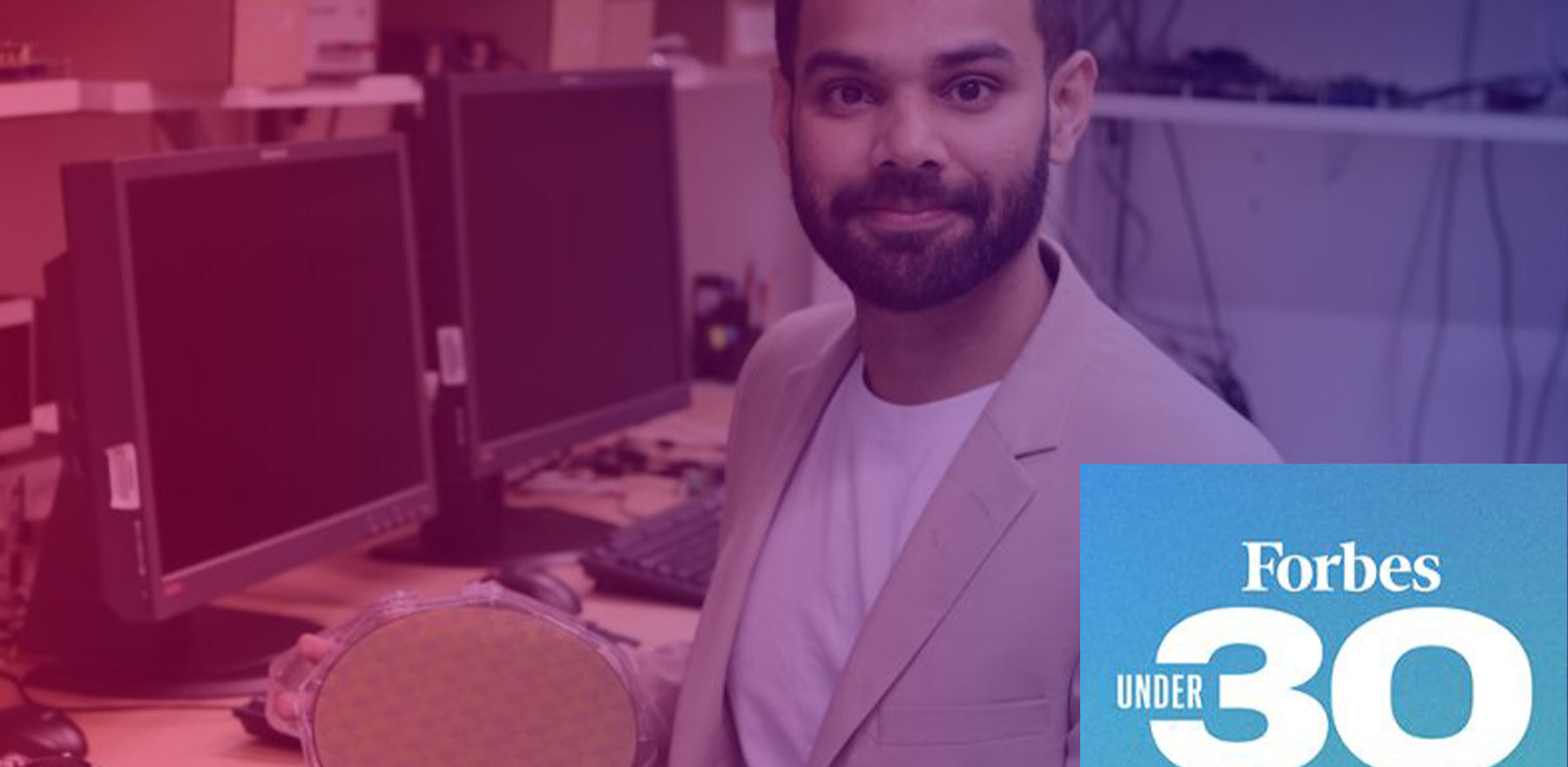Ghazi Sarwat Syed (IBM, HYBRAIN Innovation Management team) named among Forbes 30 Under 30 Europe 2023 in Science & Healthcare

Ghazi, a 29-year-old researcher part of the HYBRAIN consortium and Innovation Management team, has been making waves with his innovative work on in-memory computing, a new type of technology that could significantly improve the efficiency of AI.
Unlike current AI hardware systems that require data to be transferred between external memory and computational resources, Ghazi is developing a system that mimics the human brain’s natural ability to perform operations in the memory itself.
By relying on the physical properties of tiny nanodevices, Ghazi and his colleagues are building an array of ‘wires’ that represent a synthetic synapse at each crossing point and a synthetic neuron at each wire end.
These crossbars perform “in-memory computations” using memristors and memtransistors instead of transistors, which are analog and non-volatile, meaning their states are retained when the power supply is off.
Recent research by Ghazi has shown that these devices can perform certain difficult computations with extreme efficiency, which could help create machines that recognise objects and solve hard problems for applications that span chip design to flight schedules.
Ghazi has also explored how optics in combination with such devices can push the limits of computations, enabling in-memory computations with light and electricity.
Ghazi’s work has already garnered international recognition, with his research being published in prestigious scientific journals.
As we continue to push the boundaries of what AI can do, Ghazi’s work is paving the way for a brighter, more efficient future.
With his innovative thinking and cutting-edge technology, Ghazi is making a significant impact on the field of AI and the development of in-memory computing as part of the HYBRAIN project.